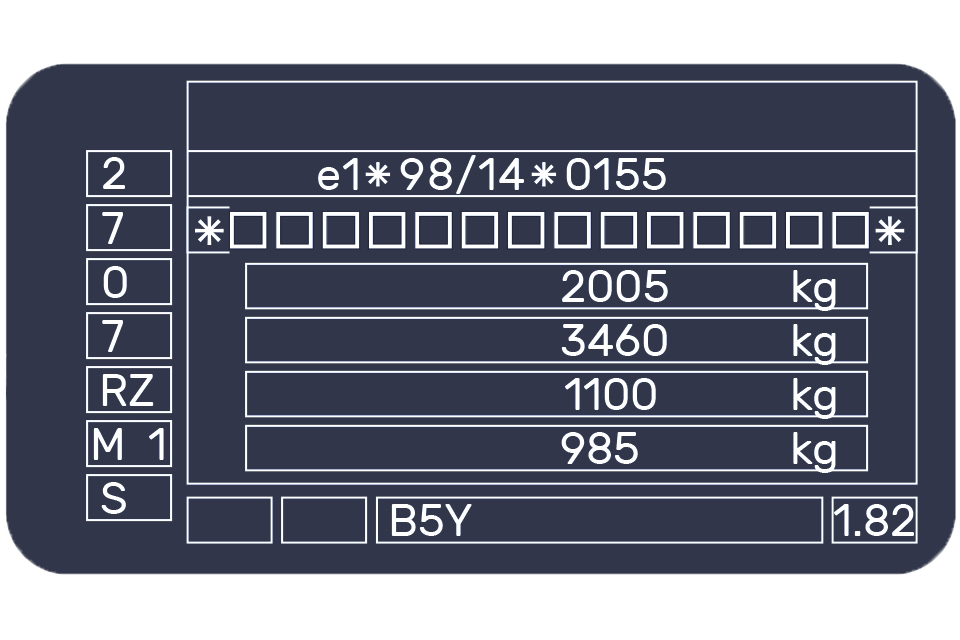Diesel vehicle emission limits
Updated 26 February 2019
Applies to England, Scotland and Wales
Overview
Since 20 May 2018, there have been stricter limits for emissions from diesel cars.
For vehicles first used before July 2008, you must test to which of these values is lowest:
- the plate value (where present)
- the default value
For vehicles first used on or after 1 July 2008, you must test to the plate value (where present). On some vehicles, this is higher than the default value.
You must also give a major fault if you:
- can see smoke of any colour coming from the exhaust
- find evidence that the diesel particulate filter has been tampered with
1. How to find the manufacturer’s plate value
The ‘plate value’ is the emission limit specified by the vehicle manufacturer.
You’ll find it either on the vehicle manufacturer’s plate or on a separate plate or sticker, usually in the engine compartment.
If it’s on the manufacturer’s plate, it will be a number (usually in a box) and often at the bottom-right corner of the plate.
If the plate value is on a separate plate or sticker, it should show:
- an ‘E’ in a circle followed by a number (representing the country that granted the approval)
- the number 24 followed by the letter ‘R’ and the approval number
The plate value will be in a box.
Less commonly, the plate value appears in the top right corner of the emissions plate after the number 24.
Example 1
In this example, the plate value is 0.52m-1.

Example 2
In this example, the plate value is 1.82m-1.

2. New default limit for newer vehicles
If there’s no emission value on the manufacturer’s plate, or you cannot find it, you must use the new default limits.
| Vehicle first used | Type | Value |
|---|---|---|
| 1. First used before July 2008 | Non-turbo | 2.5m-1 |
| Turbo | 3.0m-1 | |
| 2. First used on or after 1 July 2008 | All diesels | 1.5m-1 |
| 3. First used on or after 1 January 2014 | All diesels | 0.7m-1 |
3. Diesel smoke meters
Diesel smoke meters should have been upgraded before 20 May 2018.
Equipment manufacturers have now carried out all orders made for upgrades and replacements.
You must stop testing all vehicles immediately if your equipment has not been updated or replaced.
Check if your diesel smoke meter meets the requirements
DVSA is aware that there’s been a problem with some devices after the upgrade. For example, the entry and use of a plate value to assess the test standard. DVSA is working with individual manufacturers and the Garage Equipment Association (GEA) to investigate and resolve issues.
If your diesel smoke meter does not appear in the list, or if you have any questions about the upgrade, contact the GEA.
